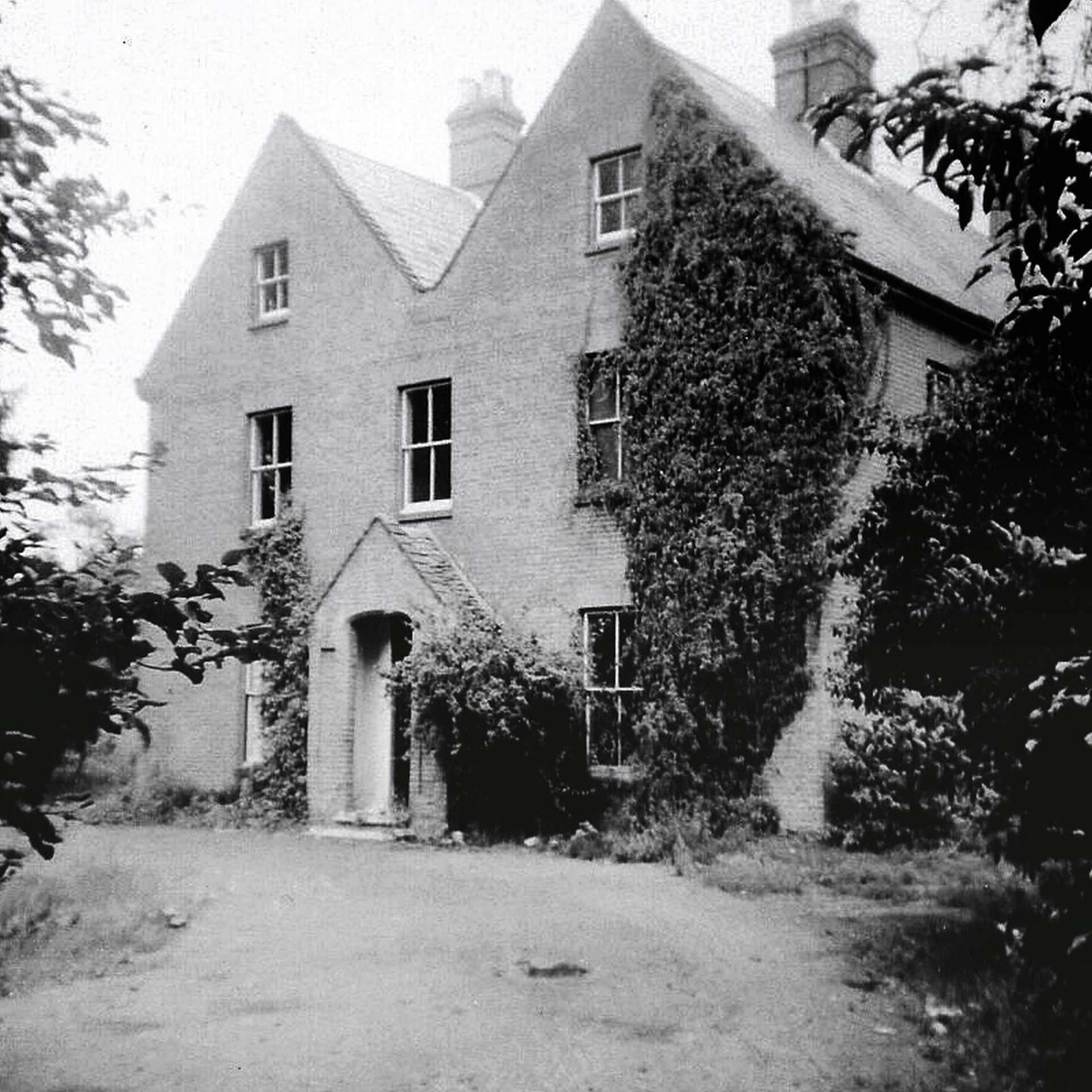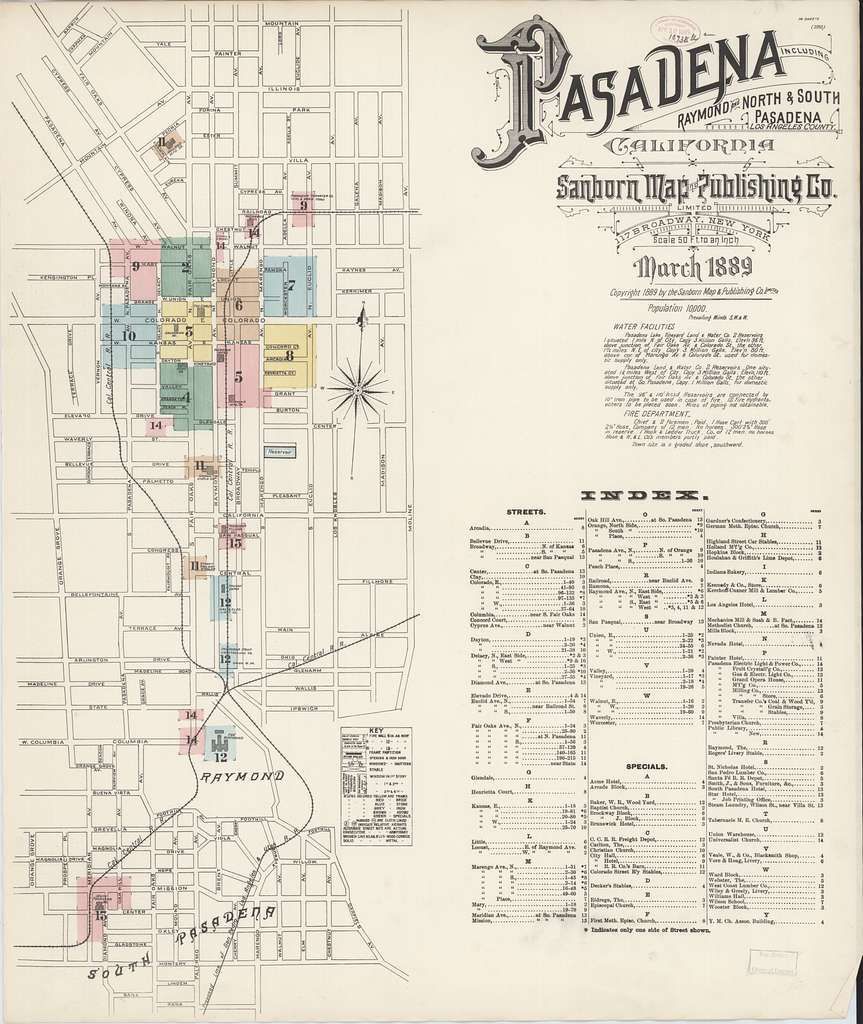Start with the quickest records first, then confirm the date with one solid primary source.
You can usually confirm a build year in under an hour—if you check records in the right order. This guide gives you a fast path (free where possible) plus a short list of “next records” to verify the date when sources disagree.
Also, use this Historical Property Worksheet as a resource to guide your research.
(15-Minute Quick Check)
- County Assessor site → look up your address for “Year Built.”
- Permit portal / building department → search for the earliest permit (new build or sewer lateral).
- Recent real-estate listing (MLS, Redfin, Realtor) → confirm the year shown there.
- Historic aerial (quick glance) → make sure the house appears by that year.
If at least two independent sources match, you have a working date. If not, move to the verification steps below.
Step-by-Step (Free & Fast → Verified)
1) Assessor / Property Card (5–10 min)
- Search your county Assessor website for your address or APN.
- Note the “Year Built” and any major addition years.
- Screenshot or save the page.
Watch out: Assessor years can reflect major remodels. Treat as a
clue, not proof.
2) Building Permits (10–15 min)
- Check your city/county permit portal (or call Building & Safety).
- Look for the earliest permit: “New Dwelling,” “Sewer,” or “Original Permit.”
- Record permit #, date, contractor/architect, and scope.
- No online portal?
3) Real-Estate Listings / MLS (5 min)
- Search your address on Redfin/Realtor/Zillow.
- Note Year Built and compare with Assessor/permits.
- If the year differs widely, favor
permits or
deeds over listing info.
4) City Directories & Newspapers (10–20 min)
- In city directories, search address and owner name.
- Earliest year the address appears as occupied ≠ guaranteed build year, but it’s a strong not-later-than date.
- Newspapers: look for
for-sale ads, “new residence,” or building announcements.
5) Sanborn / Fire Insurance Maps (10–20 min)
- If available for your city, confirm the footprint exists on the sheet by a certain year.
- Use the legend (materials, stories) to match your house.
- If the house
isn’t on one year and
is on a later year, you’ve bracketed the build window.
6) Deeds & Chain of Title (20–40 min)
- Pull the current deed; use the prior document reference to step backwards.
- Look for the first deed that mentions improvements or a sale price jump—from land value to improved property.
- Log dates with our Chain of Title Worksheet.
Need a refresher? See Chain of Title: What It Is and How to Build One and download the worksheet
7) Historic Aerials & USGS Topos (5–10 min)
- Confirm the house appears by a given year on historic aerials/topo maps.
- Good for a
not-later-than confirmation when permits are missing.
Fast Sources Table
| Source | What You Get |
|---|---|
| Assessor record | Year built, additions |
| Permit portal | Original permit date, contractor |
| MLS/Listing | Year built in marketing data |
| City directories | First appearance of occupants |
| Newspapers | Build announcements, for-sale ads |
| Sanborn maps | Footprint/materials by year |
| Deeds/Chain of title | Land → improved inflection |
| Aerials/USGS | House visible/not visible |
When Dates Disagree (2-Step Verification)
- Prefer primary records: original building permit, deed language, or assessor property card (with historical “card” scans).
- Bracket the year: Sanborn map + directory + newspaper. If your house appears on Sanborn (1927) and is absent in 1924, and the directory shows occupancy in 1926, your build is likely 1925–1926. Choose the earliest definitive source for your published date; keep notes on alternatives.
Email Template: Request for Original Permit (Copy/Paste)
Subject: Permit Records Request - [Address], [City]
Hello [Department/Clerk Name],
I’m researching the history of
[Address] and am trying to confirm the original build date. Could you please check for the
earliest permit on file (new dwelling, sewer, or original permit) and any major early alterations?
- Address/APN: [Address/APN]
- Owner (if needed): [Name]
- Years to search: [e.g., 1900–1940]
I’d appreciate the permit number, date, scope/description, and contractor/architect if available. Happy to pay any copy or research fees.
Thank you!
[Your Name]
[Phone] [Email]
Record Your Findings (quick template)
- Working Build Year: ______ (source: __________)
- Alternate Year(s): ______ (source: __________)
- Decision: Publish ____ as build year; note variation in appendix.
- Citation: ________________________________________________
Mini-FAQ
Is Zillow/Redfin “Year Built” reliable?
Sometimes—it’s often copied from Assessor data. Verify with permits or deeds.
What if there’s no permit on file?
Use Sanborn + directories + newspapers to bracket the year, then confirm with deeds (i.e., price jump/improvements).
Why does the Assessor say 1985 for a 1920s house?
A major remodel/addition may have reset the “effective year.” Look for the original permit or early directory/map evidence.
Does first occupancy equal build year?
Not always. Construction could finish late in a year with occupancy the next year. Publish the best-supported year and note the range if needed.
Need a Hand?
- If you’d like me to review your early chain of title or build a research plan for your specific address, book a Free Discovery Call. I’ll point you to the fastest next records and likely permit sources.

Starter Checklists
Grab a one-page checklist to kick off your project the right way.
More Tools & Templates
Research Packages
Flat-rate research with beautiful, display-ready results.


